Teeth Whitening Home Remedies: What Works and What Doesn't
June 8th, 2017
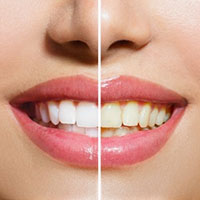 Your smile is one of the first things people notice about you when you meet them for the first time. If you are self-conscious of your smile, this can limit the quality of your engagements. Some people have learned to cope with stained teeth by simply smiling without showing their teeth, but wouldn’t it better to go through life without worrying about the stains and discoloration on your teeth? Wouldn’t it be better to show your smile to the world and feel good about yourself while doing it?
Your smile is one of the first things people notice about you when you meet them for the first time. If you are self-conscious of your smile, this can limit the quality of your engagements. Some people have learned to cope with stained teeth by simply smiling without showing their teeth, but wouldn’t it better to go through life without worrying about the stains and discoloration on your teeth? Wouldn’t it be better to show your smile to the world and feel good about yourself while doing it?
What Causes Stains on your Teeth?
There are a number of things that can cause your teeth to become discolored. We use many of these agents on a regular basis and sometimes forget that they can be the cause of our unhappiness and dissatisfaction when it comes to how our smiles look. Think about how many cups of coffee or tea you drink on a regular basis. Over time, coffee can stain the enamel on your teeth, leaving your teeth looking yellow or brownish in color. In addition, smokers tend to have much more yellow teeth than the average person. Nicotine starts leaving stains from the very first puff - have you ever looked at a smoker’s fingertips? Their teeth are probably just as yellow as those fingertips. If you drink dark soda pop, you may find your teeth become discolored over time as well. Certain foods that we eat or drink can leave discoloration on our teeth as well, including beets, blueberries, and wine. If you find yourself dealing with stains on your teeth, for any reason, consider using at home teeth whitening remedies to brighten that smile. Here are a few things you can try right now to reduce the discoloration you see when you smile in the mirror.
How Can you Get Rid of Teeth Stains?
There are a number of ways to remove discoloration and stains from your teeth naturally. Any number of commercial products can remove stains, but these are costly and can take a long time to produce results. If you are interested in trying to remove stains from your teeth yourself, you can try some of these home remedies. Some of them don’t taste great, but they can work to remove the stains you see on your teeth.
Make Homemade Toothpaste: Mix 1 part baking soda to ½ parts peroxide to form a paste. You can brush your teeth with this homemade paste instead of using store-bought toothpaste. While the taste of baking soda and peroxide is not going to be pleasant, you will find that the bubbling action caused by the chemical reaction will leave your teeth looking much cleaner than they did before you brushed with the homemade paste.
Apple Cider Vinegar: Using apple cider vinegar can provide a whitening effect on your stained teeth; however, it is very strong and acidic, so it should be used minimally. You can expect to see results over time with this home remedy, however you may not notice them immediately. Rather than brushing your teeth with the apple cider vinegar, use it as a mouth rinse. Swoosh for a few seconds and then spit it out like you would commercial mouth rinse.
Fruit: There is some evidence that mixing strawberries with baking soda can produce a whitening effect on your stained teeth. The idea is that the baking soda creates a gentle foaming and cleansing action, while the seeds in the strawberries help to lift away stains. Again, strawberries and baking soda may not taste great, but they are natural and may not do as much harm as commercial cleaners full of chemicals can. Lemon rinds can also help to remove surface stains from your teeth, naturally. Lemon juice can bleach your teeth, and the vitamin C present in the lemon is very good for the enamel on your teeth.
Prevention is Key
While there are lots of ways to try to remove stains from your teeth naturally, as well as commercially, the most important way to treat stains is to try to prevent them in the first place. It seems absurd to tell grown men and women to brush their teeth more often, but we are all so busy that even our oral care is falling by the wayside. We are living in a fast food, fast fry, fast job world, and our oral health is suffering because of it. Stains are not just on the surface: they are an indicator that we are not taking good care of our mouths.
You can prevent stains by increasing the number of times you brush your teeth. You can set a routine for yourself that goes beyond the twice daily recommended amount - remember, recommendations are the minimums! Consider cutting back on the number of coffees, teas, and sodas you consume on a regular basis. Or switch to lighter colored tea or soda. You can also try drinking your liquids from a straw to reduce the amount of penetration they have with your tooth surfaces.
You can also use products that do not dilute the enamel on your teeth. Thus you won’t see the yellowing of the dentin under the enamel. This is important to the overall aspects of your oral health as well: when you start to lose enamel, your teeth become exposed to more risks including cavities and gingivitis.
Before you decide to try any at home tooth whitening remedy, consult with your dentist. If you don’t know what you are doing, you can cause more damage than good. Prevention is the best policy - as with most things in life - and when it comes to your teeth, taking care of them is vital. Be aware of what foods and drinks you consume, and be sure to brush, floss, and rinse your mouth on a regular basis.
Water Tower Dental Care in Chicago offers teeth whitening services for those of you that would rather go through the process under the care of a qualified dentist.

 When we think of our health and wellness, we often think about our diets, how much we exercise, what kinds of diseases we have or could get. We don’t give as much thought to our oral health, however, and the state of our oral health (our mouth and teeth) can have a big impact on our overall health. Often times, the reason for poor oral health is because we neglect our teeth. Not the kind of neglect that means skipping brushing and dentist visits, but the kind of neglect that we put our teeth through every day without even realizing it. Here are seven bad teeth habits you need to break right now. Your oral health depends on it!
When we think of our health and wellness, we often think about our diets, how much we exercise, what kinds of diseases we have or could get. We don’t give as much thought to our oral health, however, and the state of our oral health (our mouth and teeth) can have a big impact on our overall health. Often times, the reason for poor oral health is because we neglect our teeth. Not the kind of neglect that means skipping brushing and dentist visits, but the kind of neglect that we put our teeth through every day without even realizing it. Here are seven bad teeth habits you need to break right now. Your oral health depends on it!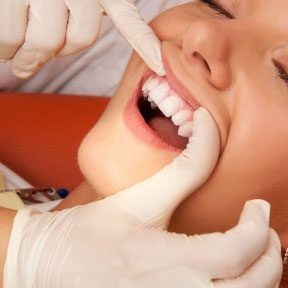 Your dentist may be the first person to see early signs of cardiovascular disease. That's right, the health of your gums and teeth is closely related to the health of your heart. Early signs of concern include bleeding gums, gingivitis, and tooth decay, all of which indicate excess inflammation.
Your dentist may be the first person to see early signs of cardiovascular disease. That's right, the health of your gums and teeth is closely related to the health of your heart. Early signs of concern include bleeding gums, gingivitis, and tooth decay, all of which indicate excess inflammation.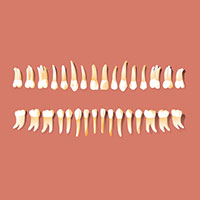 Teeth are an important part of the human body. We need them to chew our food, which enables us to survive, and if we take care of them, they can also give us a beautiful smile. But did you know that our teeth also affect how we talk? And if we don’t take care of them our overall health suffers? Teeth play a major role in our lives outside of just eating, which is why it is important that we take care of them, and taking care of them starts with being educated on what makes up the teeth in our mouths.
Teeth are an important part of the human body. We need them to chew our food, which enables us to survive, and if we take care of them, they can also give us a beautiful smile. But did you know that our teeth also affect how we talk? And if we don’t take care of them our overall health suffers? Teeth play a major role in our lives outside of just eating, which is why it is important that we take care of them, and taking care of them starts with being educated on what makes up the teeth in our mouths.
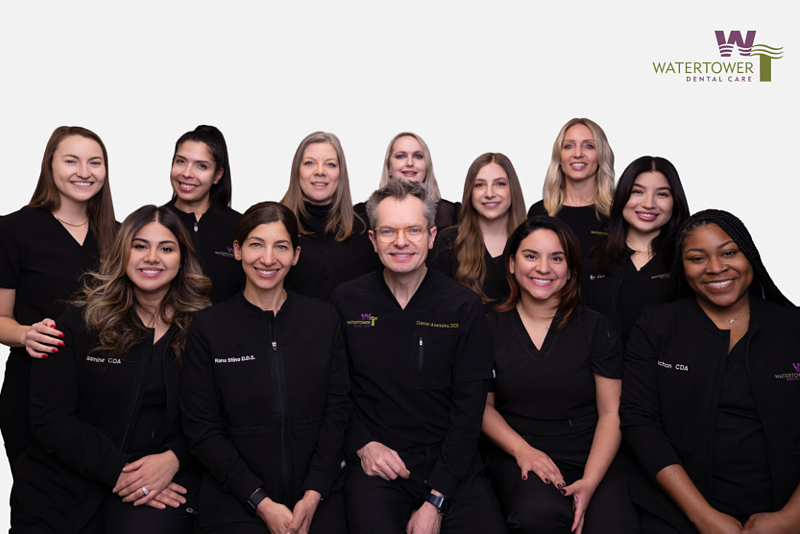


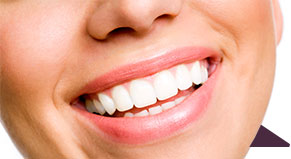
 Website Powered by Sesame 24-7™
Website Powered by Sesame 24-7™